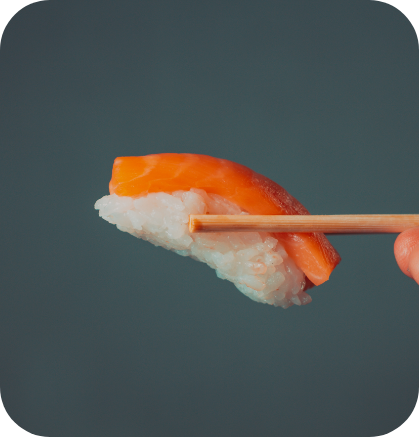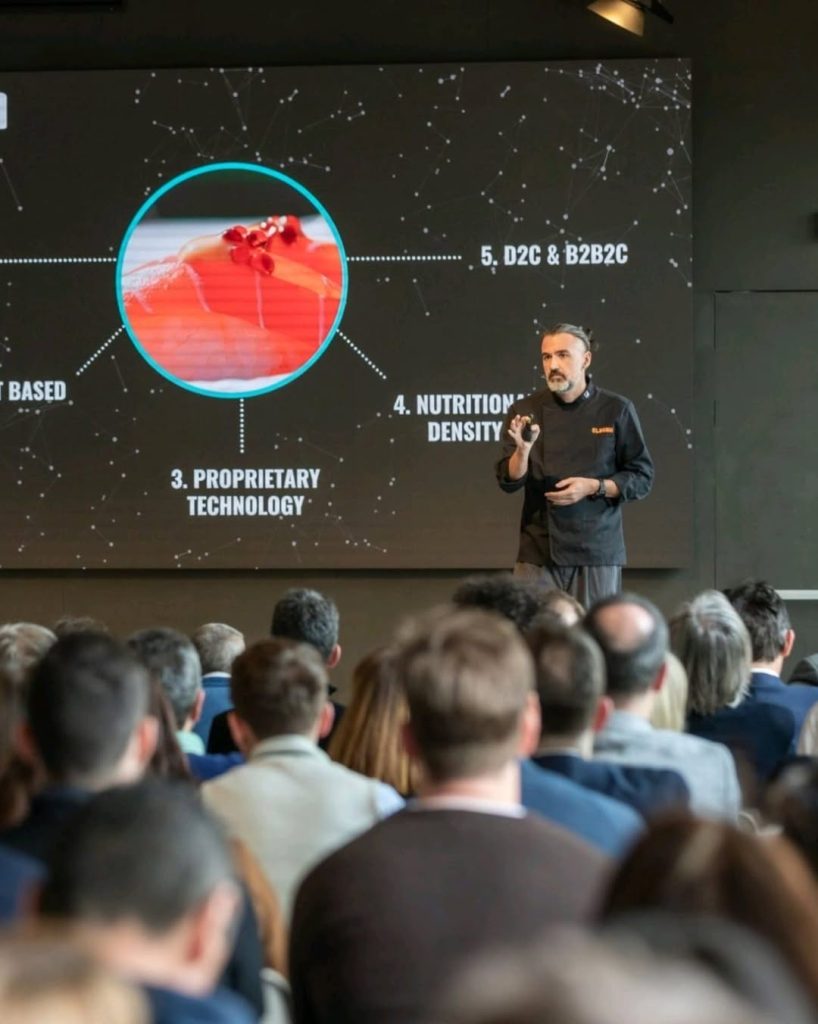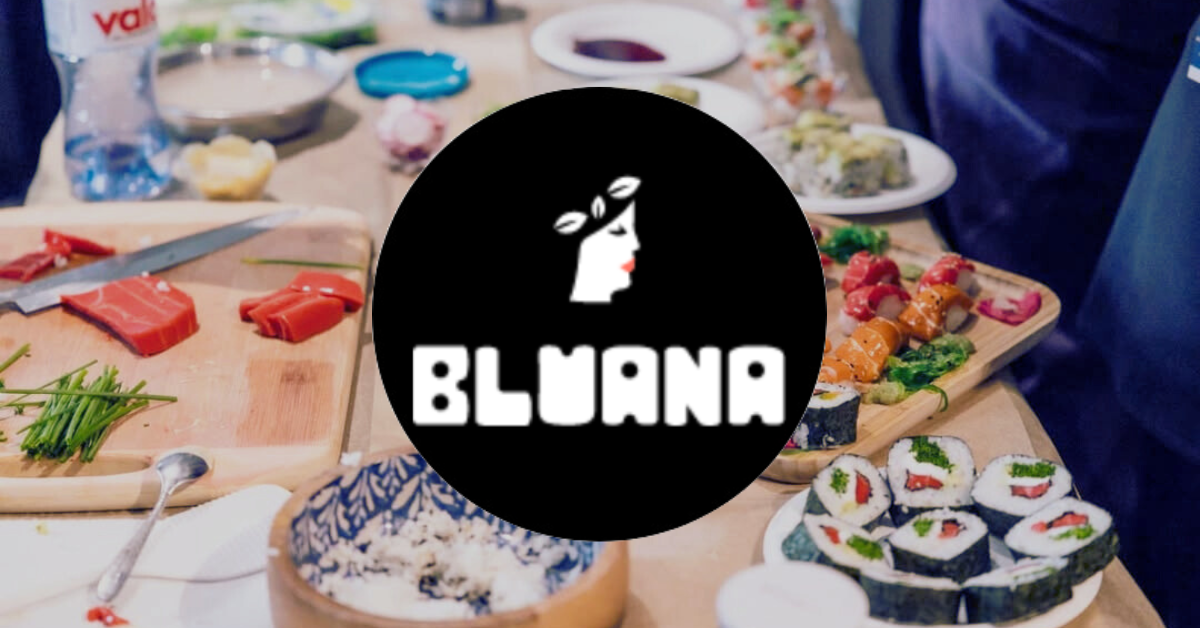In a world hooked on sushi and poke, demand for salmon and tuna keeps climbing—even as oceans strain under overfishing and cold-chain logistics keep costs high and waste stubborn. Bluana Foods was born to break that gridlock. The company’s north star is simple and ambitious: deliver plant-based seafood that tastes sublime, nourishes better, travels farther, and treads lighter on the planet.
The problem they set out to solve
Bluana’s founders saw three intertwined issues: (1) ecological pressure from industrial fishing and aquaculture, (2) disappointing plant-based alternatives with dry textures, weak flavor, and poor nutrition, and (3) a fragile, expensive cold chain that limits access and drives up prices. Their answer became a new class of product — and a new way to make it.
The breakthrough: HMHNI technology
At the core is Bluana’s proprietary High Moisture High Nutrient Injection (HMHNI) process. It infuses fresh ingredients at high moisture to recreate sashimi’s delicate, velvety bite, the same “melts-in-the-mouth” feel that conventional alternatives rarely achieve. The result is culinarily gratifying, designed from the start to hit real health claims with nutrient-dense formulations rather than empty starches.

And then there’s the moonshot: 12-month shelf stability with no cold chain. That single engineering choice rewires everything; cost, access, waste. Shelf-stable sashimi can move by standard logistics, sit on pantry shelves, open e-commerce channels (even airlines and remote catering), and still arrive as premium sushi-grade fare. An Italian business daily recently highlighted Bluana’s sterilization approach “akin to UHT milk processing” as a key to safe, preservative-free, ambient-temperature products that keep up to a year.

Proof in the eating (and the headlines)
Independent tastings have underlined the sensory leap. Business Insider España’s reviewer prepared sushi at home with Bluana’s salmon sashimi and rated it “outstanding in color, smell and flavor,” noting it “really tastes like fish”—a rarity in the category.
Bluana’s tech has also traveled to exacting culinary capitals: in Kobe, Japan, a showcase with Michelin-level chef Hiroshi Yamaguchi explored plant-based sashimi’s menu potential, with feedback that it carries “plenty of marketability.”
Traction, partners, and validation
Since late 2021, Bluana has raised €550k from angels and specialist VCs (including PROVEG) and stacked significant grants (EIT Food, Ventures Thrive), alongside accolades like Founder Institute Select Portfolio, Poland Prize, and a top-three finish at SelectUSA. The company reports letters of intent from major distributors (e.g., Selgros, Kanzow) and early commercial wins such as Japanese Airlines, where ambient stability is a superpower at 30,000 feet.
Academic collaborations with ETH Zürich and UC Berkeley support ongoing R&D while industry veterans, including the likes of chairmen of Migros and Umiami, have publicly backed the product after demonstrations.
Why it’s different
Most competitors chase parity on flavor; Bluana engineered the entire system (texture, nutrition, and logistics) to outperform. HMHNI delivers:
- moisture-rich, chef-grade sashimi;
- ambient stability slashes waste and cost;
- and efficiency lets Bluana price 20–40% lower to consumers while preserving healthy margins.
That’s not just a better product. It’s a better business model.

The team behind the tech
 Florin Irimescu, CEO
Florin Irimescu, CEO
Award-winning category builder with a track record of securing large EU grants; the majority owner, signaling long-term commitment.
 Dr. Marco Iotti, CTO
Dr. Marco Iotti, CTO
PhD in Agricultural Biotechnology, ex-Nestlé, multiple food-tech exits; architect of the HMHNI process and IP strategy.
 Chef Anamaria Elisabeta Stan, Head Chef
Chef Anamaria Elisabeta Stan, Head Chef
MasterChef® finalist and molecular gastronomy expert translating technology into craveable dishes.
What’s next
Bluana is scaling from lab to market with a pilot plant and a planned HQ move to the Netherlands to accelerate EU commercialization. Beyond salmon and tuna sashimi, the pipeline includes plant-based crabsticks, shrimp, and calamari with partners like Angulas Aguinaga.
Lessons from the journey
The founders are refreshingly candid: deep, defensible tech is the only real moat; resilience in funding strategy matters (they navigated “undertaking in difficulty” constraints to win around €1.4M Romanian grant) and meticulous financial storytelling is as critical as scientific storytelling.
The bigger picture
Bluana sits right where climate urgency, ocean stewardship, and better-for-you eating converge. By removing the cold chain from premium seafood experiences and elevating taste and nutrition, the company is re-platforming seafood for a warming, more urban, more online world.
Follow Bluana Foods to watch that future come to shelf, galley, and plate.
